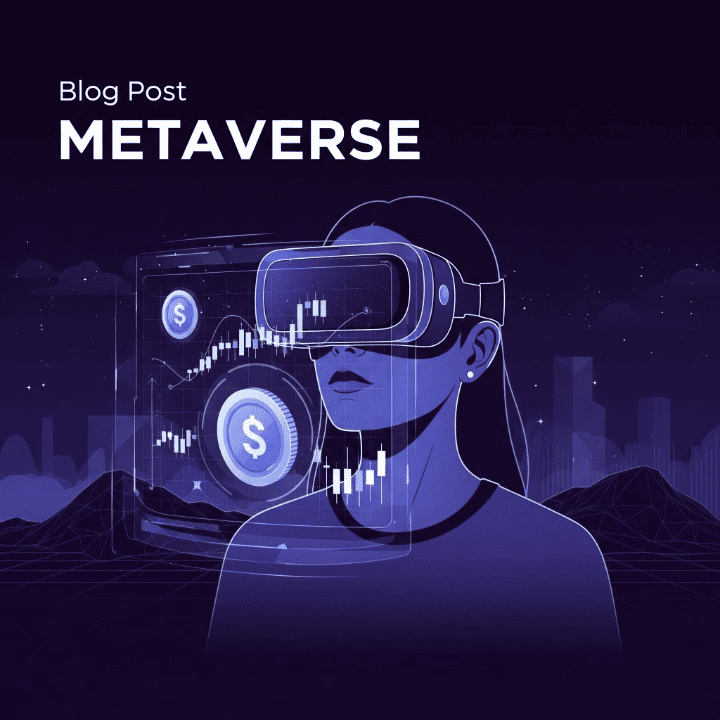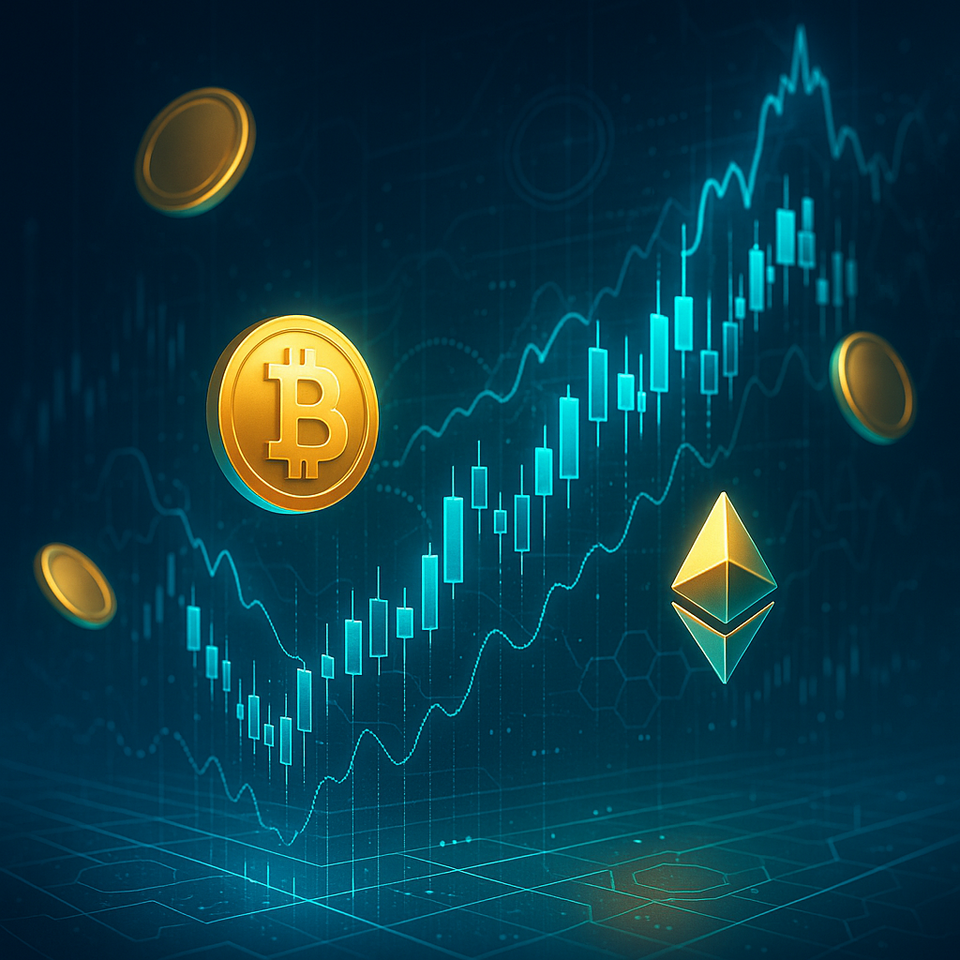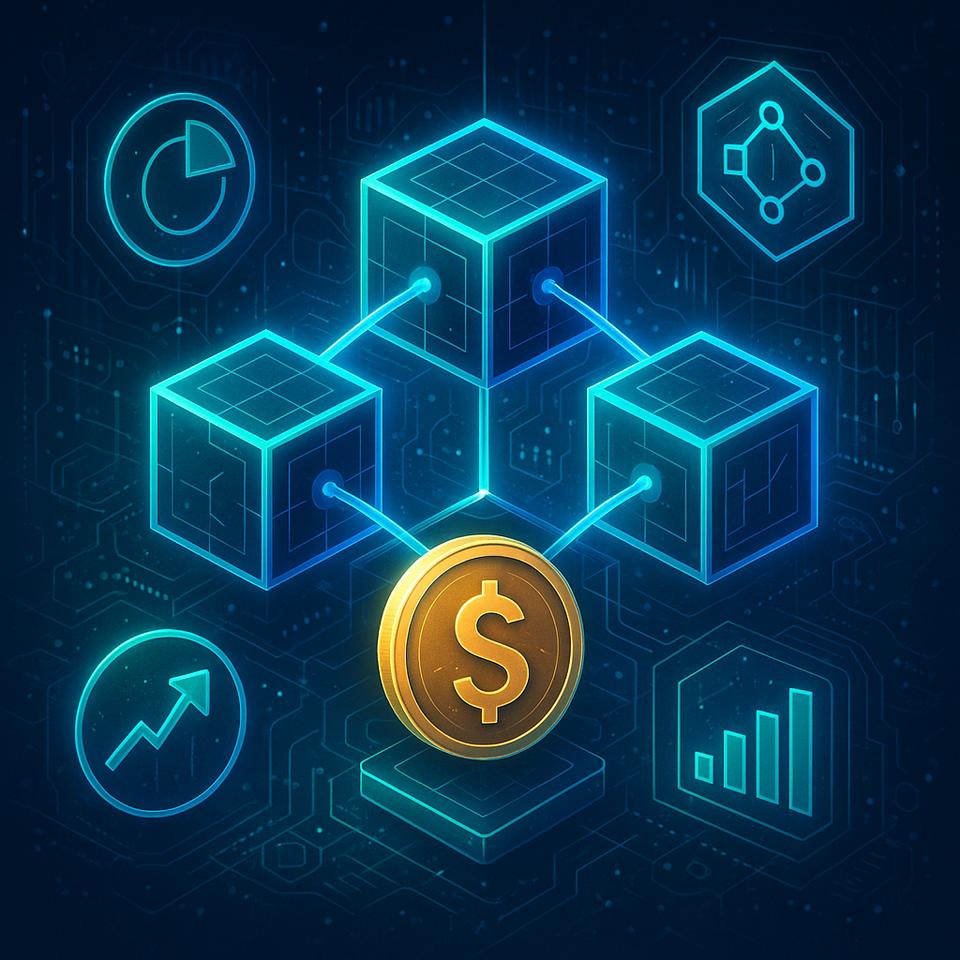
Introduction
The term “metaverse” has moved from the pages of science fiction novels to the forefront of technology and finance. It promises a new era of digital interaction, where we can work, socialize, and play in a persistent, immersive virtual world. For many, this concept feels abstract and futuristic, but the foundations of the metaverse are being built today with technologies like virtual reality, augmented reality, and, most importantly, blockchain. Understanding the metaverse is a crucial next step for anyone interested in the future of digital assets and investing in crypto. This comprehensive guide will demystify the metaverse, explaining its core components, its key benefits and risks, and the ways you can participate in this evolving digital world. Our goal is to empower you to navigate this exciting but complex frontier with a solid financial planning mindset.
What Exactly is the Metaverse?
The metaverse is not a single place or a single company. Instead, it’s a concept of a persistent, shared, 3D virtual world where people can interact with each other and with digital objects. Think of it as the next evolution of the internet. Today, we browse the internet on a flat screen; in the metaverse, we will be immersed in it. It’s a place where digital and physical worlds blur, and where virtual economies, governed by the principles of blockchain, are already taking shape.
The core principles of the metaverse are:
- Persistence: The metaverse is always on and never pauses or resets.
- Real-time Interaction: All interactions happen in real time, with an infinite number of users participating simultaneously.
- A Functioning Economy: Users can create, own, and sell digital assets. This is where cryptocurrencies and NFTs play a vital role.
- Interoperability: Your digital assets and identity should be able to move seamlessly from one virtual world to another.
The Role of Blockchain and Crypto in the Metaverse
While a lot of the technology is still being developed, blockchain is a foundational component of the metaverse. It provides the infrastructure for verifiable digital ownership, which is crucial for a functioning virtual economy.
1. NFTs and Digital Ownership
Non-Fungible Tokens (NFTs) are a key building block of the metaverse. They allow you to prove ownership of unique digital assets, such as virtual land, clothing for your avatar, or a unique digital collectible. This verifiable ownership allows for the creation of a true digital economy where creators can monetize their work and users can buy, sell, and trade assets.
2. Cryptocurrencies as the Currency of the Metaverse
Cryptocurrencies will serve as the currency of the metaverse. They provide a decentralized way to make payments and transfer value. This eliminates the need for a central bank or a payment processor, giving users more control over their funds.
3. Smart Contracts and Decentralized Governance
Smart contracts, which are self-executing contracts on a blockchain, will automate many of the functions of the metaverse. They can be used to govern transactions, enforce rules, and create a transparent and fair system. This will also allow for the creation of Decentralized Autonomous Organizations (DAOs) within the metaverse, allowing communities to collectively govern virtual worlds and make decisions about their future.
Key Metaverse Platforms and How to Get Started
While the true metaverse is still years away, you can participate in the early versions of it today.
1. Virtual Worlds
Platforms like The Sandbox and Decentraland are early versions of a metaverse. In these virtual worlds, you can buy virtual land, build experiences, and interact with other users. You use their native cryptocurrencies to buy and sell assets.
2. Gaming
Many video games are incorporating elements of the metaverse. Games like Axie Infinity and Illuvium are built on the blockchain and allow players to earn money and own their in-game assets as NFTs.
3. Social and Work Platforms
Platforms like Horizon Worlds and Mesh are building virtual spaces for work and social interaction.
To get started, you’ll need a crypto wallet, like MetaMask, and some cryptocurrency. You can use an exchange to buy the native cryptocurrency of a virtual world (e.g., SAND for The Sandbox) and then transfer it to your wallet.
The Risks and Challenges of the Metaverse
The metaverse is a high-risk, high-reward frontier. A smart financial planning mindset is essential before getting involved.
1. High Volatility and Speculation
Many of the assets in the metaverse are highly speculative. The value of virtual land or an NFT can skyrocket based on hype and plummet just as quickly. You should be prepared for significant volatility and never invest more than you can afford to lose.
2. Security Risks
The security of your digital assets is your responsibility. Scammers and hackers constantly target metaverse users. Phishing scams, compromised wallets, and other cyberattacks are a constant threat. You must take all the necessary security precautions to protect your keys and your assets.
3. Lack of Interoperability
While the goal of the metaverse is interoperability, it is a long way from being a reality. Today, the assets you buy in one virtual world often cannot be used in another.
4. Regulatory Uncertainty
Governments around the world are still trying to figure out how to regulate the metaverse and the assets within it. New laws and policies could have a significant negative impact on the ecosystem.
Conclusion
The metaverse is a bold and ambitious vision for the future of the internet. It promises a world where our digital and physical lives are more integrated than ever before, with a functioning economy built on the principles of blockchain. By providing verifiable ownership through NFTs and a decentralized currency through crypto, it is creating a new frontier for digital commerce and interaction. For those interested in investing in crypto, the metaverse offers unique opportunities, but it is not without significant risks. The market is highly speculative, and the technology is still in its early stages. By understanding the core components of the metaverse and its risks, you can approach this new world with a more informed and balanced perspective.


